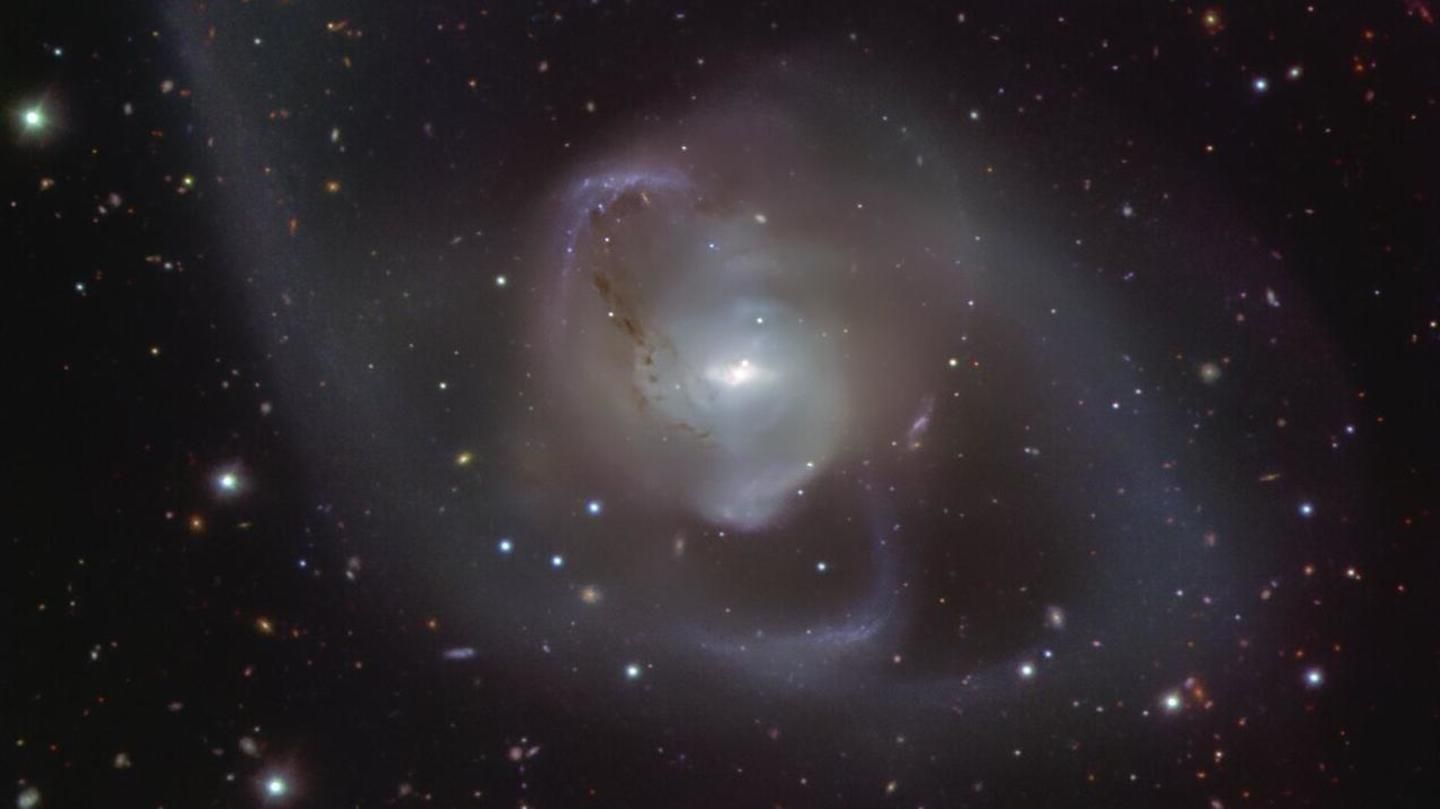
The Manatee Nebula, also known as NGC 908, is a spiral galaxy located around 30 million light-years away from Earth. This galaxy is known for its peculiar shape, which resembles a sea cow or Manatee, as well as its active black hole heart. Recently, astronomers have been exploring this black hole and have made an exciting discovery. They have identified a microquasar that is leading to unusual particle acceleration.
Microquasars are a class of X-ray binary stars that exhibit strong radio jets. They are essentially black holes that consume material from a companion star, which heats up and emits high-energy radiation in the form of X-rays. These X-rays collide with particles in the jet, creating a shower of high-energy particles. In a typical microquasar, these particles would move outwards from the black hole at near-light speeds, but in the case of the Manatee Nebula's microquasar, they seem to be accelerated even further.
The team of researchers, led by Dr. Yang Su from the University of Illinois, used the Chandra X-ray Observatory to study the microquasar in detail. They found that it had a jet that was moving at close to the speed of light and that the particles in the jet were being accelerated to even higher energies. This unusual acceleration is thought to be due to the interaction between the jet and the magnetic field of the galaxy.

This discovery is significant for a number of reasons. For one, it sheds light on the behavior of microquasars, which are still not fully understood. It also highlights the importance of magnetic fields in astrophysics, as they can play a crucial role in the behavior of cosmic objects.
While this research may seem unrelated to the photoelectric and photoelectric imaging products developed by Detyl, there are actually some interesting connections. For one, the Chandra X-ray Observatory, which was used in this study, relies heavily on photoelectric detectors to capture X-rays. These detectors are able to convert X-rays into electrical signals that can be used to create images of cosmic objects.
Additionally, the high-energy particle showers created by microquasars are of interest to researchers in many fields, including material science and medical imaging. In fact, medical researchers are currently exploring the use of particle accelerators to create new types of cancer treatments.
Overall, the study of the Manatee Nebula's microquasar is a fascinating example of the many ways in which science and technology are interconnected. As Detyl continues to develop cutting-edge photoelectric and photoelectric imaging products, it is important to remember that these innovations are part of a larger ecosystem of discovery and research. By staying engaged with the latest scientific developments, Detyl can continue to push the boundaries of what is possible and contribute to advances across multiple industries.